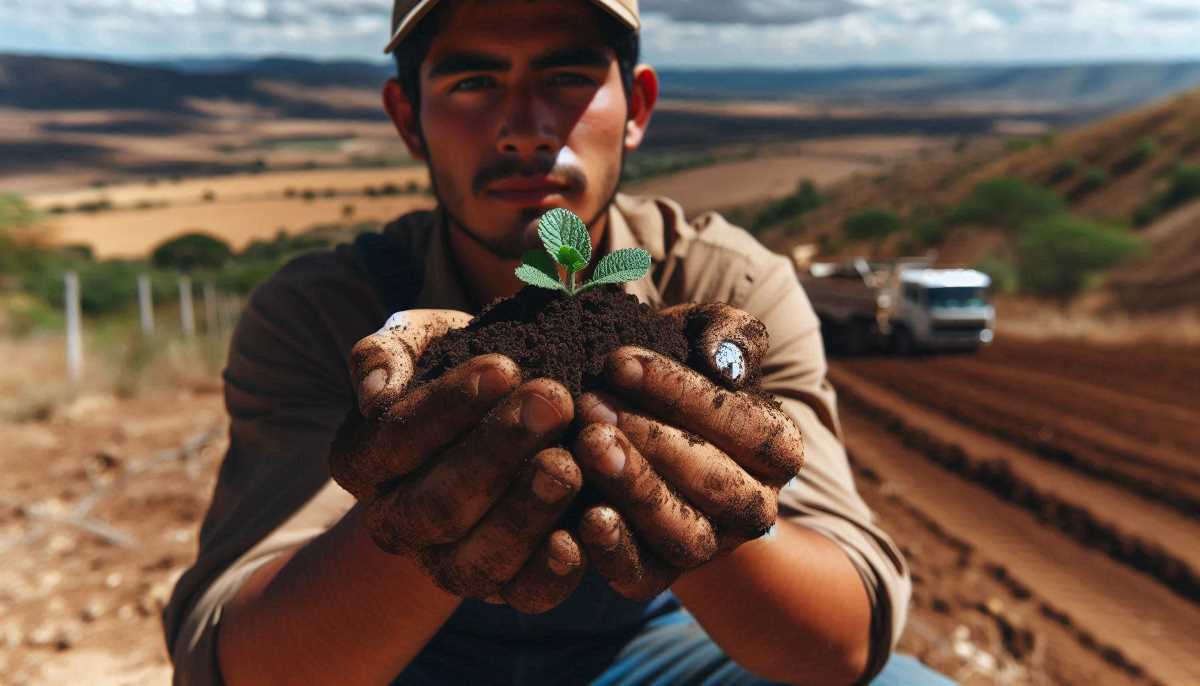How Mexico is Growing a Greener Future
Mexico is leading the way in sustainable farming, protecting soil and pollinators, and ensuring food security. Initiatives like ENASAS and ENCUSUP are driving this transformation, benefiting millions of people.

At a time when global sustainability thresholds are being alarmingly exceeded, Mexico stands out as a beacon of proactive change in the agricultural sector. With over 700,000 producers trained in the responsible management of pollinators, water, and soil resources, Mexico's approach offers a fascinating blueprint for a more sustainable future. The recent Third Inter-American Congress on Water, Soil, and Agrobiodiversity (CIASA) underscored this commitment, highlighting the country’s innovative policies that prioritize sustainability, productivity, and inclusion.
Under the current administration, led by Secretary of Agriculture and Rural Development Víctor Villalobos Arámbula, Mexico has redefined the role of soil in agricultural practices. Historically underappreciated, soil is now front and center in agricultural activity, influencing the design of programs and strategies aimed at conserving this vital resource.




